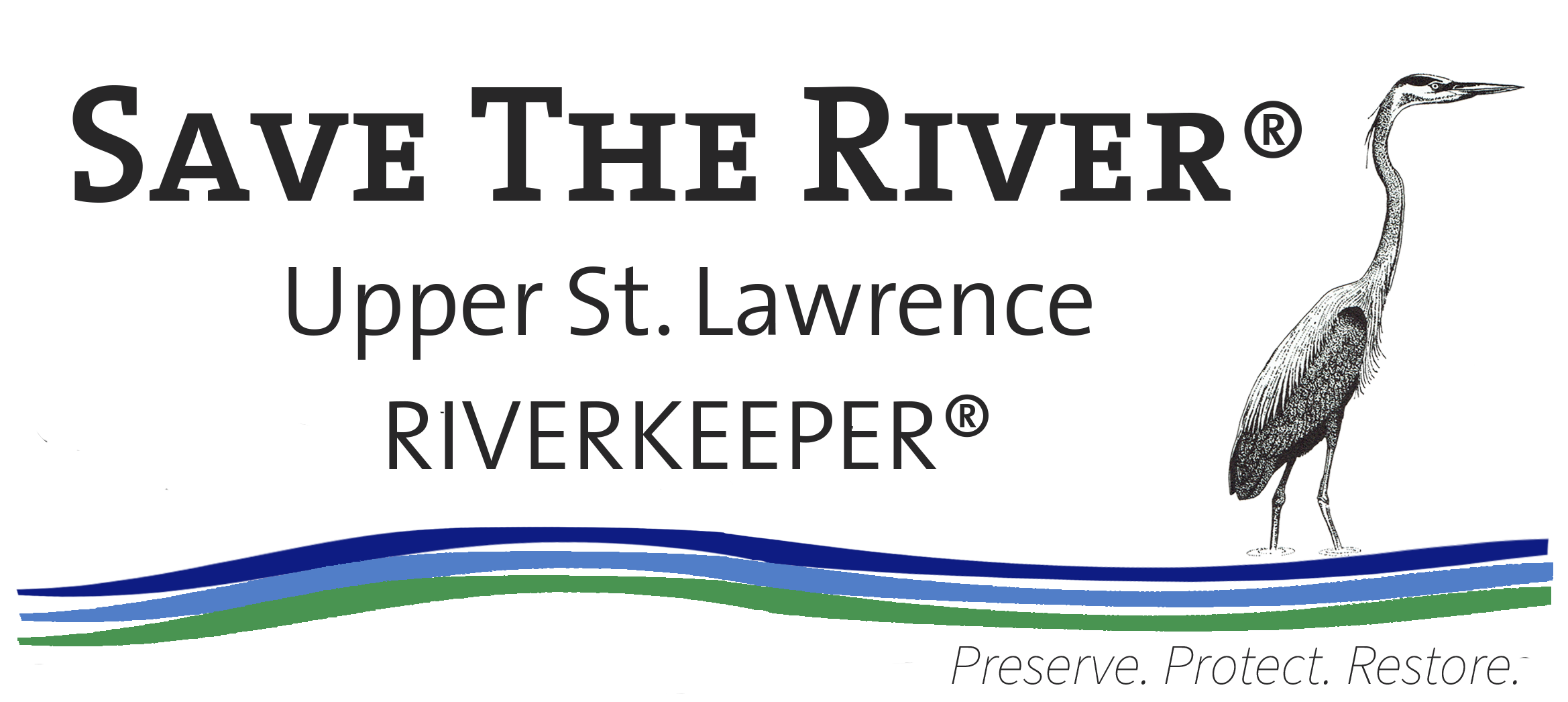Originally Published in Environmental Pollution: Volume 260, May 2020, 113994
By Alex Crew, Irene Gregory-Eaves & Anthony Ricciardi
Highlights
- Microplastic beads, fibres and fragments were quantified in sediments and surface waters of the St. Lawrence River.
- Concentrations of microplastics in sediments ranged from 65 to 7561 (mean = 832) items·kg dry weight−1.
- Mean concentration of microplastics was among the highest recorded for any aquatic system.
- Environmental filters, point sources and sediment characteristics influenced microplastics distribution across the river bed.

